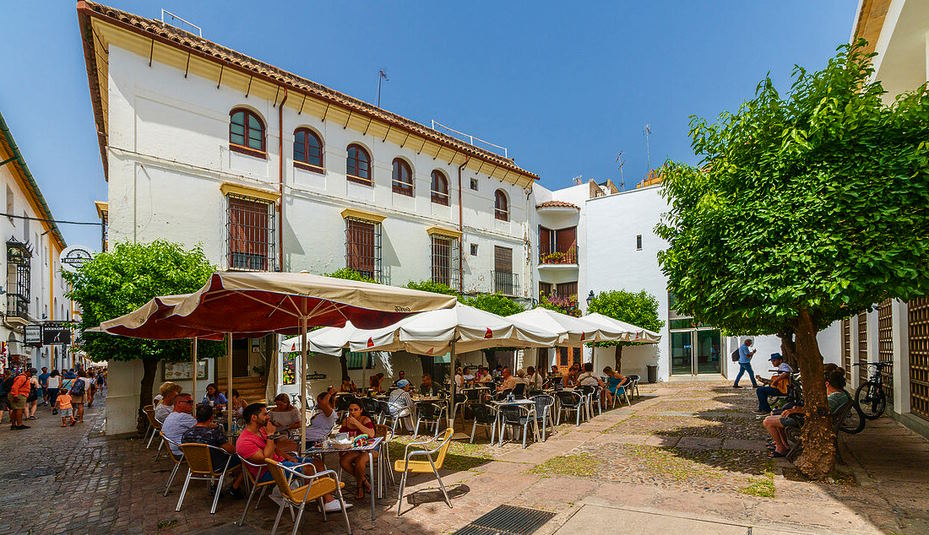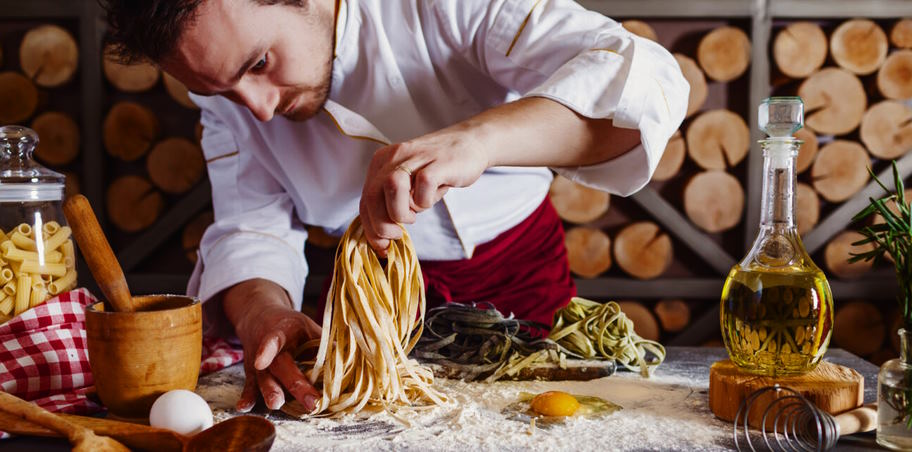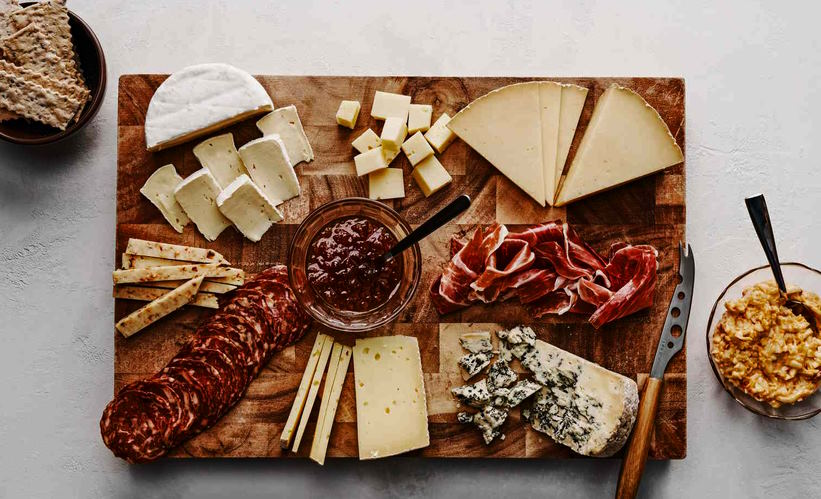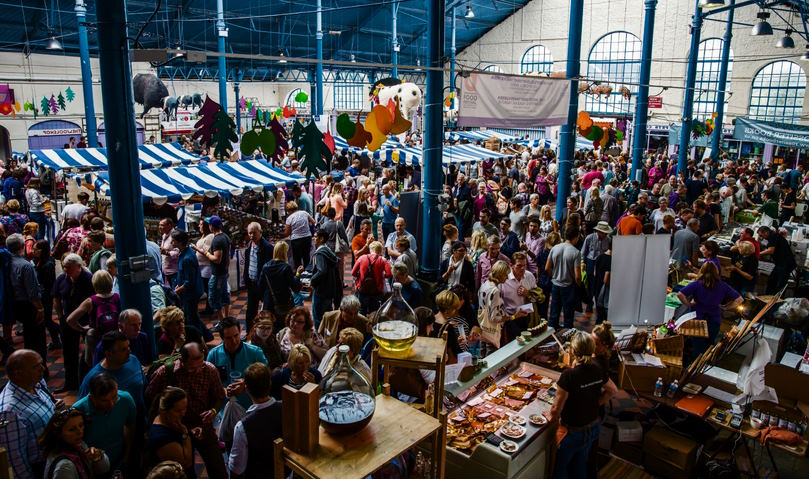Culinary heritage is a window into the rich culture and history of a city, reflecting the tastes, traditions, and influences that have shaped its culinary identity over time. In Europe, historic cities hold a special place in preserving and passing down culinary traditions that have been cherished for generations. From the iconic bistros of Paris to the ancient recipes of Rome, the unique fusion of flavors in Istanbul, and the hearty dishes of Krakow, these cities offer a glimpse into the diverse culinary heritage of the continent. Join us as we uncover the flavors of the past and savor the culinary treasures that make these cities a culinary haven for food enthusiasts and history buffs alike.
Rome, Italy: A Culinary Journey Through Ancient Flavors
Rome, the eternal city, is not only known for its breathtaking architecture and rich history but also for its culinary heritage that dates back to ancient Roman times. With influences from Roman Empire-era recipes, Jewish and Arab culinary traditions, and abundant local ingredients, Roman cuisine is a tantalizing blend of flavors and techniques that have been passed down through generations.
One of the key historical influences on Roman cuisine is the legacy of the Roman Empire. Ancient Roman recipes, such as “garum” – a fermented fish sauce, and “lucanica” – a type of sausage, have left a lasting impact on Roman culinary traditions. These ancient flavors are still celebrated in modern Roman cuisine, showcasing the city’s deep-rooted culinary history.
Furthermore, Rome’s Jewish and Arab influences have also contributed to the city’s unique culinary heritage. Jewish immigrants have been an integral part of Rome’s history, bringing their own culinary traditions, such as “carciofi alla giudia” – deep-fried artichokes, which have become a beloved Roman dish. Arab influences can be seen in the use of spices and exotic ingredients in Roman cuisine, adding a layer of complexity and depth to the flavors.
When it comes to iconic Roman dishes and food traditions, pasta and pizza are undoubtedly at the top of the list. Rome is known for its delicious pasta dishes, such as “cacio e pepe” – pasta with pecorino cheese and black pepper, and “carbonara” – pasta with eggs, cheese, pancetta, and pepper. Another Roman specialty is pizza, with its thin, crispy crust and simple, yet flavorful toppings.
In addition to pasta and pizza, supplì and gelato are also iconic Roman culinary delights. Supplì, also known as “supplì al telefono,” are deep-fried rice balls filled with gooey mozzarella cheese and ragù sauce, creating a heavenly combination of textures and flavors. Gelato, the Italian version of ice cream, can be found in every corner of Rome, with its smooth and creamy texture, and an array of delectable flavors that tantalize the taste buds.
Preserving Rome’s culinary heritage is a labor of love for traditional osterias, trattorias, and street food vendors that dot the city. These establishments continue to serve authentic Roman dishes, using time-honored recipes and techniques that have been passed down through generations. Osterias, known for their rustic and cozy ambiance, offer a taste of traditional Roman cuisine, while trattorias provide a more casual dining experience with a focus on regional specialties. Street food vendors, with their mouthwatering supplì, pizza al taglio, and gelato, add an element of spontaneity and vibrancy to Rome’s culinary scene.
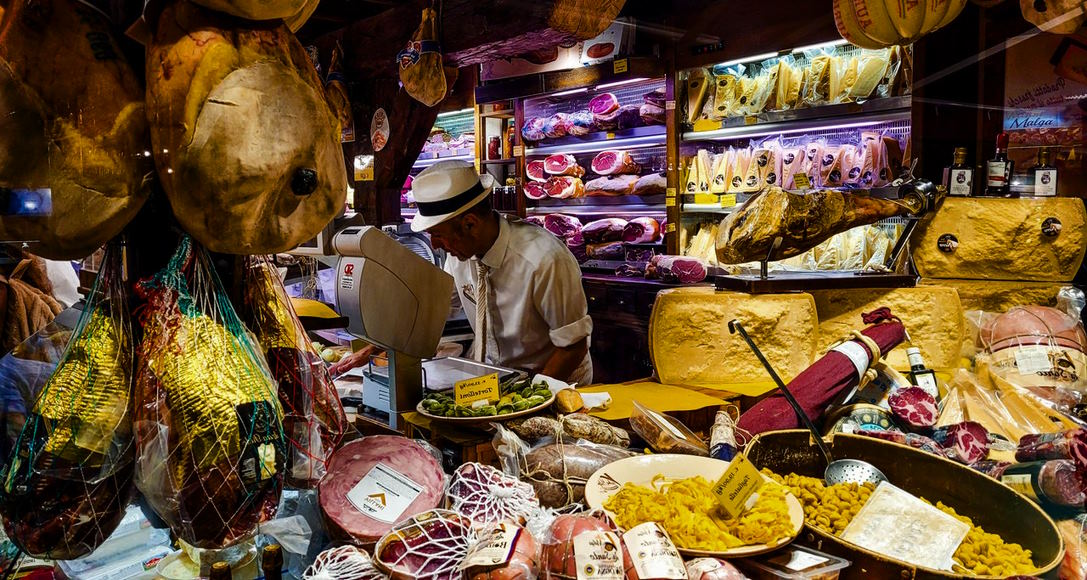
Istanbul, Turkey: A Culinary Fusion of Two Continents
Istanbul, the vibrant metropolis that straddles two continents, Europe and Asia, is renowned for its unique culinary heritage that reflects the city’s rich history and cultural diversity. With influences from Ottoman Empire-era recipes, Persian and Arab culinary traditions, and the ancient trade routes that passed through the city, Istanbul’s cuisine is a fascinating fusion of flavors and techniques that have evolved over centuries.
One of the key historical influences on Istanbul’s cuisine is the legacy of the Ottoman Empire. Ottoman cuisine, known for its opulence and sophistication, has left a lasting impact on Istanbul’s culinary traditions. Recipes passed down from the Ottoman era, such as “karnıyarık” – stuffed eggplants with minced meat, and “manti” – Turkish dumplings, are still cherished in modern Istanbul cuisine, showcasing the city’s culinary heritage.
Furthermore, Persian and Arab influences have also played a significant role in shaping Istanbul’s culinary landscape. The trade routes that connected Istanbul to the Middle East and Persia brought exotic spices, ingredients, and cooking techniques that enriched the local cuisine. Dishes such as “pilav” – Turkish rice pilaf, and “pide” – Turkish-style pizza, have Persian and Arab influences, adding depth and complexity to Istanbul’s culinary offerings.
When it comes to iconic Istanbul dishes and food traditions, kebabs are a highlight. Istanbul is known for its succulent and flavorful kebabs, such as “döner” – rotating spit-grilled meat, and “şiş kebab” – marinated and grilled meat skewers. Another famous Turkish delicacy is baklava, a sweet and rich pastry made with layers of phyllo dough and honey-soaked nuts, which is a beloved dessert in Istanbul and throughout Turkey. Meze, a variety of small appetizer dishes, are also an integral part of Istanbul’s culinary culture, offering a medley of flavors and textures.
Preserving Istanbul’s culinary heritage is a labor of love for traditional lokantas, kebab houses, and street food stalls that dot the city. Lokantas, traditional Turkish eateries, offer a wide array of home-cooked dishes and meze, showcasing the flavors of Istanbul’s culinary traditions. Kebab houses are known for their expertly grilled kebabs, made with the finest cuts of meat and marinated with aromatic spices. Street food stalls, with their sizzling kebabs, fluffy pide, and sweet baklava, provide a lively and authentic culinary experience for locals and visitors alike.
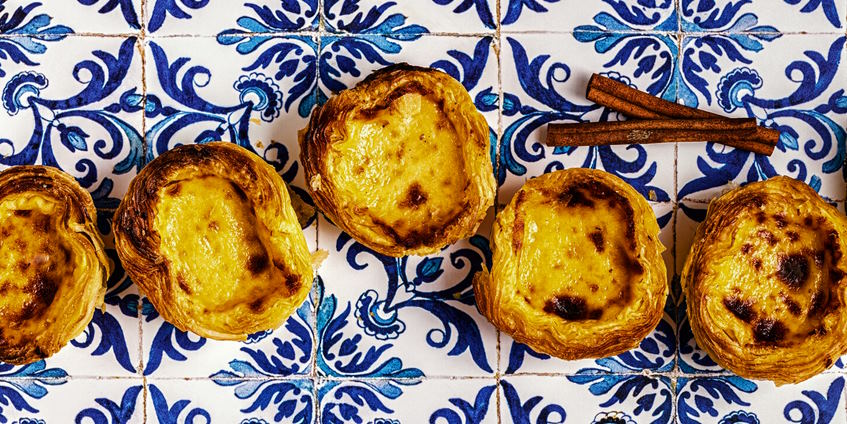
Krakow, Poland: A Culinary Melting Pot of Flavors and Traditions
Krakow, the historic city in Poland, is known for its diverse culinary heritage that has been shaped by its rich history and unique geographic location. Situated at the crossroads of different cultures and trade routes, Krakow’s cuisine has been influenced by Polish, Jewish, and Austro-Hungarian culinary traditions, resulting in a tantalizing fusion of flavors and techniques that are cherished by locals and visitors alike.
Polish cuisine forms the foundation of Krakow’s culinary heritage, with traditional dishes that are deeply rooted in the country’s history and culture. Pierogi, dumplings filled with various fillings such as potatoes, cheese, and meat, are a beloved Polish classic that can be found in almost every corner of Krakow. Kielbasa, or Polish sausage, is another iconic dish that holds a special place in the hearts of Krakow’s residents, with its distinctive flavors and preparation methods.
The city’s rich Jewish heritage has also had a significant impact on Krakow’s cuisine. Jewish dishes such as “placki ziemniaczane” – potato pancakes, and “kasha varnishkes” – buckwheat groats with noodles, are popular in Krakow, reflecting the city’s historical Jewish population and their culinary traditions. Austro-Hungarian influences, stemming from Krakow’s history as part of the Austro-Hungarian Empire, can also be seen in the city’s culinary offerings, with dishes like “szarlotka” – Polish apple pie, and “krokiety” – breaded and fried stuffed pancakes, that showcase the fusion of flavors from different cultures.
In addition to iconic dishes, Krakow is also known for its unique food traditions. Obwarzanki, the traditional Krakow-style pretzels, are a staple street food that can be found in various flavors and sizes, making for a delightful on-the-go snack. Barszcz, or beetroot soup, is a tangy and hearty soup that is a popular comfort food in Krakow, especially during the winter months.
Preserving Krakow’s culinary heritage is a priority for traditional milk bars, old-town restaurants, and food festivals that abound in the city. Milk bars, a relic of Poland’s communist era, are budget-friendly eateries that offer traditional Polish dishes, including pierogi and kielbasa, at affordable prices, allowing locals and visitors to enjoy authentic flavors without breaking the bank. Old-town restaurants, with their charming ambiance and traditional Polish menus, offer a nostalgic culinary experience that transports diners back in time to Krakow’s culinary past. Food festivals, such as the annual Pierogi Festival, celebrate Krakow’s culinary traditions and bring together local vendors, chefs, and food enthusiasts to showcase the city’s diverse culinary heritage.

